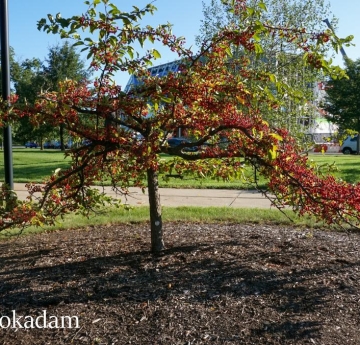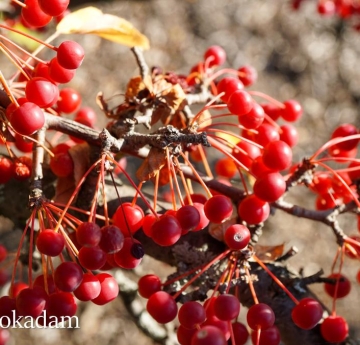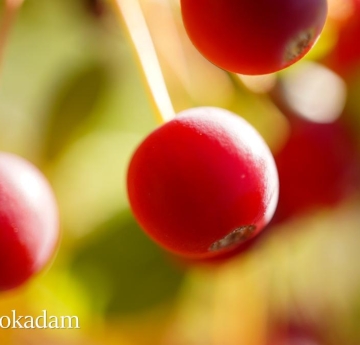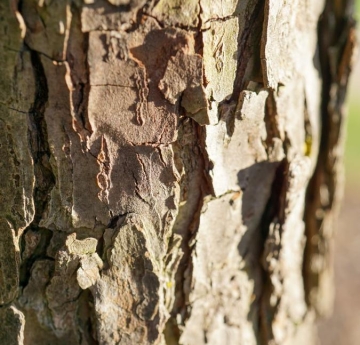Scientific name: Malus sargentii
Common name: Sargent's Crabapple
Native: No
Native range: Native to Japan, but has been introduced to parts of North America [1,2].
Distribution in North America: Click to view the USDA Plants Database page for M. sargentii.
USDA Zones: 4-8A [1]
Maximum age: May live up to 100 years [3].
Ecology: The fruits are eaten by birds, rabbits, foxes, and bears [1,2]. The foliage provides cover and nesting habitat for various bird species [2].
Ethnobotany: Malus sargentii is mainly planted as an ornamental and is appreciated for its abundant, sweet-smelling, pinkish-white blooms [1,2,3]. It is unclear how it may be used ethnobotanically, but native Malus spp. have many uses, including medicinal, culinary, and in the preparation of certain dyes [4,5].





